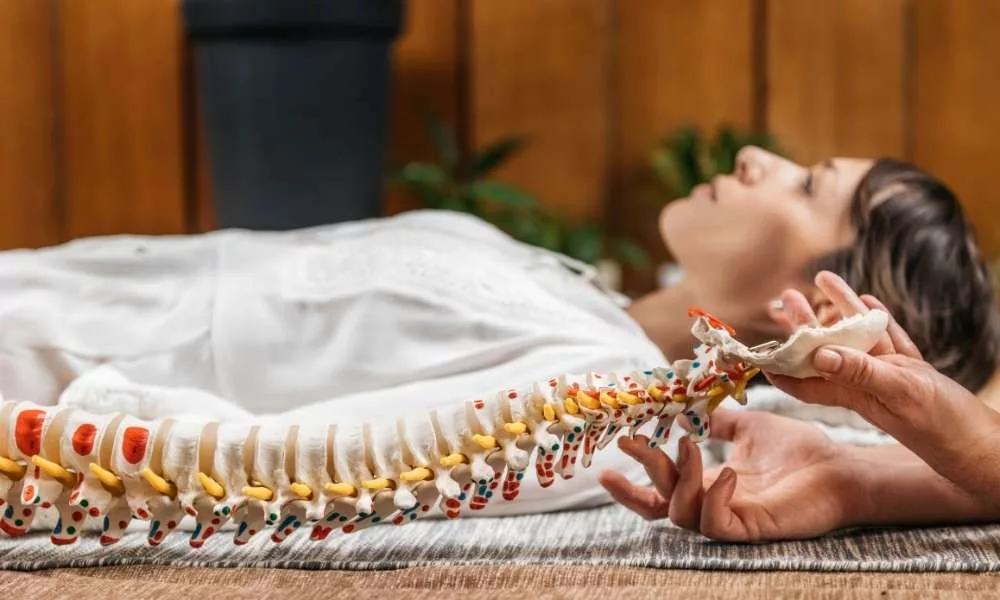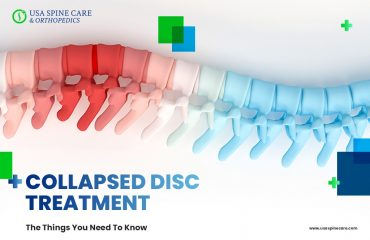

Chronic back pain can significantly disrupt your daily life. When conservative treatments like medication and physical therapy fail to provide relief, surgery might be considered. Traditionally, spine surgery involved a major open approach. However, minimally invasive spine surgery (MISS) has emerged as a viable alternative. Let’s delve into the key differences between MISS and traditional open surgery, helping you understand the pros and cons of each approach.
Traditional Open Spine Surgery: A Detailed Look
Traditional open spine surgery involves a large incision in the back to access the affected area of the spine. This approach offers the surgeon a clear view of the surgical field, which can be beneficial for complex procedures. However, it comes with some drawbacks:
- Extensive Muscle Disruption: The large incision requires significant muscle retraction to access the spine. This muscle disruption can lead to significant post-operative pain and a longer recovery time.
- Increased Blood Loss: Open surgery typically involves more blood loss compared to MISS, potentially requiring blood transfusions.
- Longer Hospital Stays: Due to the extensive nature of the surgery, patients often require longer hospital stays for monitoring and pain management.
- Risk of Infection: Any surgery carries the risk of infection, and the larger incision in open surgery might elevate this risk.
Minimally Invasive Spine Surgery: A Game-Changer
MISS utilizes smaller incisions and specialized techniques to access the spine. This approach offers several advantages:
- Reduced Muscle Disruption: Smaller incisions minimize muscle disruption, leading to less post-operative pain and a faster recovery time.
- Minimal Blood Loss: MISS procedures typically involve less blood loss compared to open surgery, reducing the need for transfusions.
- Shorter Hospital Stays: Patients often experience shorter hospital stays with MISS due to the less invasive nature of the surgery.
- Faster Return to Daily Activities: Reduced pain and a faster recovery time with MISS allow patients to return to their daily activities sooner.
Beyond the Basics: Weighing the Pros and Cons
While MISS offers numerous advantages, it’s important to consider both approaches carefully. Here’s a breakdown of the pros and cons to help you make an informed decision:
Minimally Invasive Spine Surgery (MISS)
Pros:
- Less post-operative pain
- Faster recovery time
- Shorter hospital stay
- Reduced blood loss
- Minimized risk of infection
Cons:
- May not be suitable for all spinal conditions or complex procedures
- Limited visualization for the surgeon compared to open surgery
Traditional Open Spine Surgery
Pros:
- Offers a wider surgical field for complex procedures
- May be necessary for certain spinal conditions not suitable for MISS
Cons:
- Extensive muscle disruption leading to more pain and longer recovery
- Increased blood loss
- Longer hospital stay
- Higher risk of infection
The Importance of Consulting a Qualified Spine Specialist
Ultimately, the decision of whether MISS or traditional open surgery is right for you depends on your specific condition, medical history, and overall health. A qualified spine specialist can assess your individual case, discuss the suitability of both approaches, and guide you towards the best course of treatment.
Conclusion: Finding the Right Path to Pain Relief
Both minimally invasive spine surgery and traditional open surgery offer options for treating chronic back pain. By understanding the key differences, pros, and cons of each approach, you can work with your doctor to determine the most suitable treatment plan for a successful recovery and a pain-free future. Remember, this article provides a general overview. Consulting a qualified spine specialist is essential for an accurate diagnosis and personalized treatment plan.



